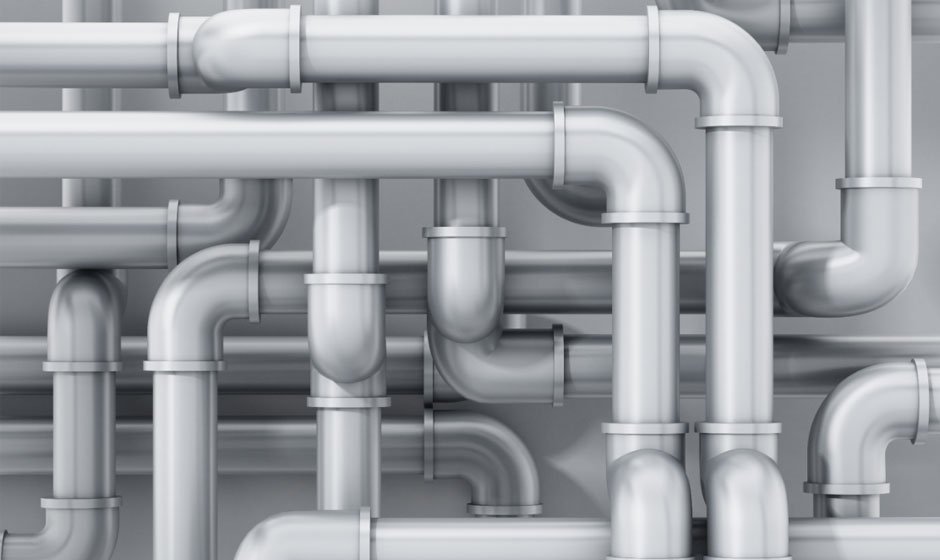The Homeowner’s Guide to Dealing with a Collapsed Sewer Line

A sewer line is an essential part of the plumbing system in a home. It carries all the wastewater from your sinks, toilets, and showers away from your house to the municipal sewer system or septic tank. However, these lines can become damaged or even collapse over time due to age, tree root intrusion, ground shifting, and other factors. Dealing with a collapsed sewer line is not only an inconvenience but can also be a health hazard. This guide will discuss the steps you should take to deal with a collapsed sewer line and prevent it from happening in the future.
Signs of a Collapsed Sewer Line
The first step in dealing with a collapsed sewer line is identifying the problem. Some common signs of a collapsed sewer line include:
- Foul odors coming from drains or your yard
- Slow-draining sinks, tubs, and toilets
- Gurgling sounds coming from pipes when using water fixtures
- Puddles or damp spots in your yard
- Multiple clogged drains throughout the house
If you notice any of these signs, it is crucial to act immediately to prevent further damage and health risks.
What to Do When You Have a Collapsed Sewer Line
- Stop using water fixtures. The first thing you should do when you suspect a collapsed sewer line is to stop using water fixtures in your home. This includes sinks, toilets, showers, and washing machines. Continuing to use these fixtures can worsen the problem and increase the risk of wastewater backing up into your house.
- Call a professional plumber. Dealing with a collapsed sewer line requires specialized knowledge and equipment. It is not a DIY project. Contact a licensed plumber who has experience in dealing with collapsed sewer lines. They will be able to assess the situation and provide a solution.
- Get a camera inspection. A plumber may recommend getting a camera inspection of your sewer line to determine the cause and extent of the collapse. This involves inserting a small camera into your sewer line to get visual confirmation of the problem.
- Repair or replace the sewer line. The plumbermay recommend repairing or replacing the collapsed section of your sewer line, depending on the severity of the damage. This could involve digging up and replacing a small line section or installing a new one altogether.
- Take preventive measures. Once the issue has been resolved, it is essential to take preventive measures to avoid future collapses. This includes regular inspections, avoiding flushing non-biodegradable items down the toilet, and being mindful of tree roots near your sewer line.
Dealing with a collapsed sewer line can be stressful and messy. However, by following these steps and taking preventive measures, you can minimize the risk of it happening again. Remember to always consult a professional plumber for any issues with your sewer line to ensure they are properly addressed.



